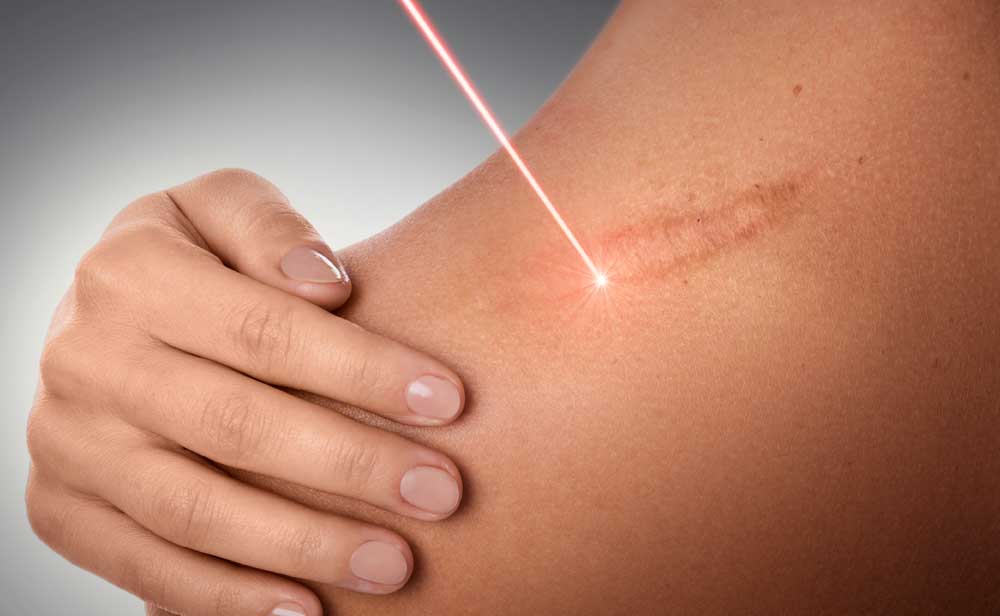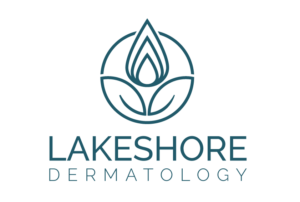Skin is a seamless organ. Any burn, injury, or other trauma, such as surgery, can cause a scar.
Scarring is a natural part of the healing process after an injury. Its appearance and its treatment depend on multiple factors. The depth and size of the wound or cut and the location of the injury matter, your age, genes, sex, and ethnicity.
Treatments for Scars:
Standard advice in minimizing scar formation includes applying antibacterial ointments or petroleum jelly to keep the skin moist, changing bandages daily to keep the area clean, avoiding scab picking and minimizing sun exposure to the injured area. However, despite these precautions, scarring is often-times still unpredictable and results in many different forms such as flat, stretched, depressed and raised. So, other methods are put into practice.
Polyurethane dressing: This is a moist, flexible pad. You wear it to:
Reduce scarring after surgery
Treat a raised scar by reducing the color, hardness, and size
When worn for six weeks after surgery, it may prevent a raised scar. Studies have shown that patients who wear a moist dressing with a pressure garment get better results than patients who use one or the other.
Over-the-counter or prescription creams, ointments, or gels:

These products can be used to treat scars that are caused by cuts or other injuries or wounds. If you are under the care of a plastic surgeon and your scarring is from cosmetic or plastic surgery, ask your surgeon if over-the-counter treatment is an option. If not, some prescriptions may help. Often, treatments can include steroids or certain oral antihistamines for scars that cause itching and are very sensitive. Likewise, if you have scarring from severe acne, ask your dermatologist for advice. Your doctor can also recommend or use pressure treatment or silicone gel sheeting to help treat scars or as preventive care.
Injection treatments

Collagen injections. One type of collagen (made from purified cow collagen) is injected beneath the skin. It replaces the body’s natural collagen that has been lost. Injectable collagen is generally used to treat wrinkles, scars, and facial lines. Several other types of injectable materials can be used also.
Cortisone injections: These types of injections can help soften and then shrink hard scars. Keloids and hypertrophic scars often soften after intralesional steroid injections.
Cryosurgery:

Cryosurgery can help reduce the size of scars by freezing the top skin layers. The freezing causes the skin to blister. An instrument called a cryoprobe is used to freeze and destroy abnormal tissue/scar. A cryoprobe is cooled with substances such as liquid nitrogen, liquid nitrous oxide, or compressed argon gas.
Punch grafts: Punch grafts are small skin grafts to replace scarred skin. A hole is punched in the skin to remove the scar. Then the scar is replaced with unscarred skin (often from the back of the earlobe). Punch grafts can help treat deep acne scars.
Surface treatments
Skin resurfacing removes the top layer of damaged skin so new, smoother skin layers can form. This allows for improvement in surface irregularities and uneven coloring, making scars less visible.

Dermabrasion uses a rapidly rotating device to manually remove the outer skin layer. This technique is commonly used to minimize skin lines, acne scars, age spots and sun damage. A topical anesthetic may be applied before the procedure, and skin may be sensitive and blotchy for several weeks before returning to normal.
Superficial skin layers can also be removed chemically with chemical peels. There are multiple chemical solution options ranging from light to deep, with deeper chemical peels offering more dramatic results but also longer recovery times. Chemical peels are typically used to treat the face for acne scars, sun damage, wrinkles and melasma. In some cases, they can even help control acne. Some stinging and burning may be experienced during the procedure, and moisturizers and sunscreen are recommended for several weeks afterward.
Laser surgery:

Scars may be treated with a variety of different lasers, depending on the underlying cause of the scar. Lasers may be used to smooth a scar, remove the abnormal color of a scar, or flatten a scar. Most laser therapy for scars is done in conjunction with other treatments, including injections of steroids, use of special dressings, and the use of bandages. Multiple treatments may be required, regardless of the initial type of therapy. Pulse dye laser is a good choice to use for keloids.
Lastly, other surface treatments include vascular laser treatment and skin bleaching. Vascular laser treatment reduces the redness of scars with blood vessels, and skin bleaching involves the use of topical creams that lighten skin.
Surgical removal or treatment:


There are many options to treat deeper scars depending on your particular case. These include skin grafts, excision, dermabrasion, or laser surgery. In a skin graft, the surgeon uses skin from another area of your body. This is often used with people who’ve had burns. If you’ve got scarring that impairs function, surgery can help address the functional problems. If you’ve recently had surgery that has caused scars, it is best to wait at least one year before making a decision about scar treatment. Many scars fade and become less noticeable over time.
Z-plasty:

This procedure uses a Z-shaped incision to help decrease the amount of contractures of the surrounding skin. It also may try to relocate the scar so that its edges look more like the normal lines and creases of the skin. Small stitches may be used to help hold the skin in place.
Tissue expansion. This is a newer technique. It involves a process that increases the amount of existing tissue available for reconstructive purposes. This procedure is often used in addition to the flap surgery.
Non-prescription scar treatments contain ingredients such as onion extract, vitamin A, and vitamin E. If your scar physically impairs you in any way, you may be able to get coverage from your health insurer.


